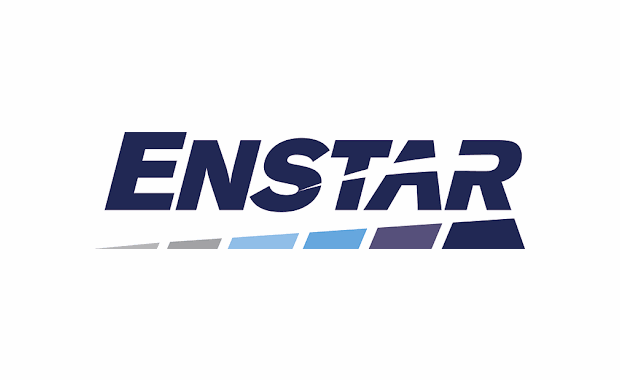Enstar completes $350m reinsurance deal for portfolio of 2019/2020 ILS business

Enstar has completed a legacy reinsurance deal for an insurance-linked securities (ILS) portfolio of 2019 and 2020 written business, which it has hailed as the first deal of its kind for a third-party capital platform and looks like the kind of trapped capital solution that many in the ILS market have explored in recent years.
Details are scarce, but Enstar, in announcing its second-quarter results, said that in a transaction that closed on July 25th 2024, the company has signed a $350 million agreement that sees it providing reinsurance cover in the insurance-linked securities (ILS) market.
Presumably, this arrangement frees up trapped ILS capital for a third-party reinsurance capital platform.
This type of legacy reinsurance arrangement for ILS funds or third-party capital structures is something the insurance-linked securities (ILS) industry has been working towards for a number of years now.
After the challenging years seen due to a series of heavy catastrophe losses, that occurred when ILS terms and conditions were loosened by the soft market that had been experienced across reinsurance and retrocession, a number of ILS managers and legacy specialists have been exploring potential ways to achieve finality on portions of ILS portfolios, by transferring or reinsuring the risks to run-off specialists.
The absence of such solutions, that could provide finality and an exit from prior loss years, has been seen as a potential barrier to reigniting interest in the private and collateralized reinsurance side of the market.
Hence, seeing a deal completed by a significant run-off and legacy reinsurance player like Enstar will be a positive signal for others potentially looking to achieve a way to close down legacy risks and free up capital or collateral from them that had been trapped.
Enstar said that in signing an agreement to reinsure certain 2019 and 2020 business written by a third-party capital platform, the company is set to receive a premium of $350m for the portfolio.
Enstar said this “marks our first ever deal in ILS and the first solution of its type in this market.”
In the past some ILS managers have utilised lending facilities to enable them to effectively redeploy an amount of capital that had been trapped because of prior year loss exposure.
But a proactive transaction to unlock an amount of ILS capital through reinsurance with an established specialist willing to take on that portion of an ILS portfolio, may be seen as a better and more permanent solution that achieves the finality ILS fund managers and third-party capital providers seek, to allow them to release capital and move forwards unencumbered by the exposure to prior year losses.
We had seen one example of a solution to free up ILS, eliminate trapped capital and finalise reserves from the past, undertaken by Nephila Capital with the help of an adverse development cover (ADC) from its parent Markel.
But this new Enstar deal revealed today appears to be the first open-market arrangement that is designed to achieve similar, on specific exposures from prior years written by a collateralized ILS specialist.
Also notable today, regarding Enstar, the company has announced it is set to go private, in an acquisition by existing investor Sixth Street amounting to a $5.1 billion transaction, with Liberty Strategic Capital, J.C. Flowers & Co. LLC, and other institutional investors participating in the deal.
This is a further reflection of how attractive major investors find the reinsurance market, including the legacy and run-off opportunity.
Unlocking the ILS market for legacy deals to free up trapped capital and collateral could provide a new avenue for growth of this sector, while affording ILS managers and third-party capital specialists a way to erase the legacy of the past and its losses, but importantly only where the economics make sense.






